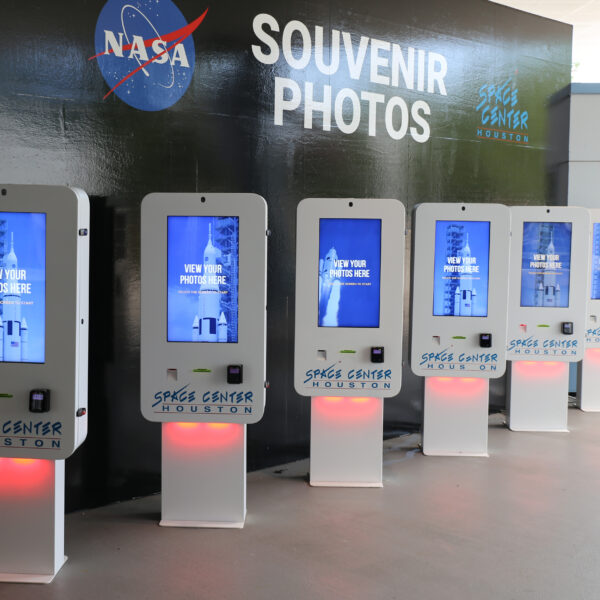
Kiosks
Close
Kiosk Industries


When developing a retail display program, timing and cost are key considerations. This is especially true when deciding between domestic versus overseas manufacturing.
In this article, we discuss domestic and offshore retail display production, highlighting the advantages and challenges of each.
During initial conversations with a client, it’s important for a display manufacturer to learn what’s more important to them in regard to the prospective project: timing or price.
If timing isn’t a factor, overseas production can be a good option for brands looking to save costs on large-scale programs. This is due to several reasons, including lower production costs, proximity to raw materials, and more.
High quantity programs produced overseas realize the most cost savings due to economies of scale, whereas smaller programs will lose out on the manufacturing savings once shipping and container prices are factored in.
If exploring this option, an important factor to remember is that the prototype phase will also be extended by a couple weeks, adding to the overall timeframe of the project.
When manufacturing a retail display domestically, the average timespan is between six and eight weeks. Typically, offshore manufacturing can double this production time to between 14 and 16 weeks. So, if time is of the essence, domestic retail display production will be the better option.
While domestic manufacturing can be more expensive due to many reasons, the quantity of units in a retail display program can also play a role in determining the most cost-effective option. That’s because even though a client may have time built into a schedule to produce overseas, if a program falls under the 250/500 quantity threshold, the cost to transport the displays back to the United States can eat into whatever manufacturing savings a client would receive from producing overseas.
An added benefit for manufacturing domestically is quality control. Retail display manufacturers like Frank Mayer have in-house project managers who oversee programs and can physically be on the assembly line observing the “first-off” parts to ensure they’re correct. Unfortunately, producing overseas doesn’t offer the same bandwidth, though manufacturers that have good partnerships with their international vendors can lessen the concern.
Ultimately, knowing the plusses and minuses of each retail display production option will help clients plan for the launch of their program. Weighing what factors are most important when considering a project will drive which manufacturing decision works best.